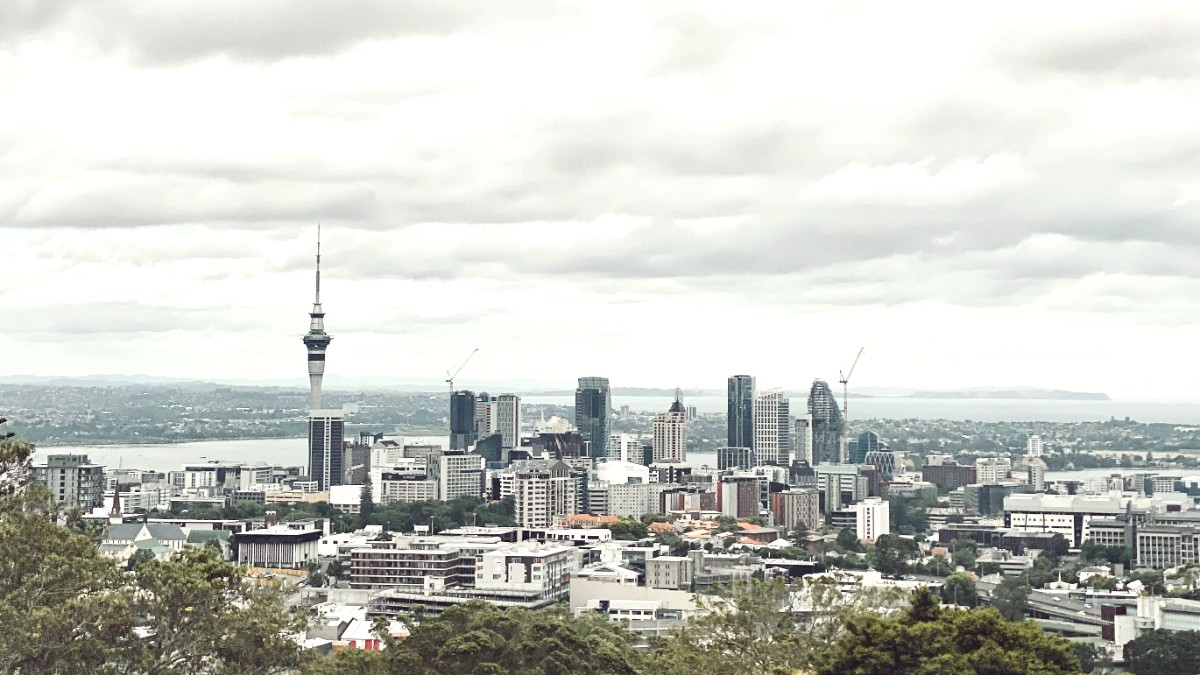
New Zealand
Auckland’s bus network is extensive, covering most areas of the city and suburbs with frequent services. The train network connects outer suburbs to the city center (Britomart Transport Centre). Ferries offer a scenic way to travel across the Waitematā Harbour and to various islands in the Hauraki Gulf, with both commuter and tourist services.
Detailed route maps for buses, trains, and ferries are available on the official AT website (At.govt.nz) and through the AT Mobile app.
Services run from early morning (around 5:30 AM) until late evening (around midnight), 7 days a week.
Most newer buses are accessible. Train station and ferry accessibility varies; check AT website for specifics.
The free AT Mobile app features real-time tracking, a journey planner, and AT Hop card management.
Licensed taxis have roof signs, company names, and visible meters.
Can hail on street, at stands, or book by phone/app.
Metered, can be expensive. Confirm fixed rates for airport.
Cash and major credit/debit cards accepted. Confirm beforehand.
Uber, Ola, and Didi are the most widely used ride-sharing apps, often offering more affordable fares than traditional taxis. Book and pay through the app, with estimated fares and driver details provided.
Age 21+ (some 25+). Valid English license or IDP. Credit card for deposit. Major companies like Hertz, Avis, or local ones like Jucy operate here. DiscoverCars.com helps find the right vehicle. Book in advance.
Available from specialized companies. Valid motorcycle license usually necessary. Less common for general tourism.
Beam and Lime offer e-scooter/e-bike sharing. Dedicated rental shops also provide city, electric, and mountain bikes for exploring cycle paths.
Driving on the Left-hand side is the most important rule. Speed limits are typically 50 km/h in urban areas and 100 km/h on open roads. Seatbelts are mandatory. Drink-driving laws are strict. Using a handheld mobile phone while driving is illegal.
The CBD, Britomart precinct, Parnell Village, Ponsonby, and Newmarket are excellent for walking, featuring unique shops and cafes.
Explore Auckland Domain or One Tree Hill for green spaces.
Guided tours focus on history, architecture, or food. Self-guided options exist with maps from Auckland Council or tourism blogs.
Auckland Coast to Coast Walkway spans 16 km.
Expanding network of dedicated cycleways and shared paths. Lightpath / Te Ara I Whiti offers an unique urban experience.
A Helmet is mandatory by law.
Auckland's transportation network caters to diverse needs, from efficient public transit for city exploration to rental cars for broader adventures.
Whether by bus, train, ferry, or on foot, navigating Auckland's landscapes and attractions becomes a seamless experience.